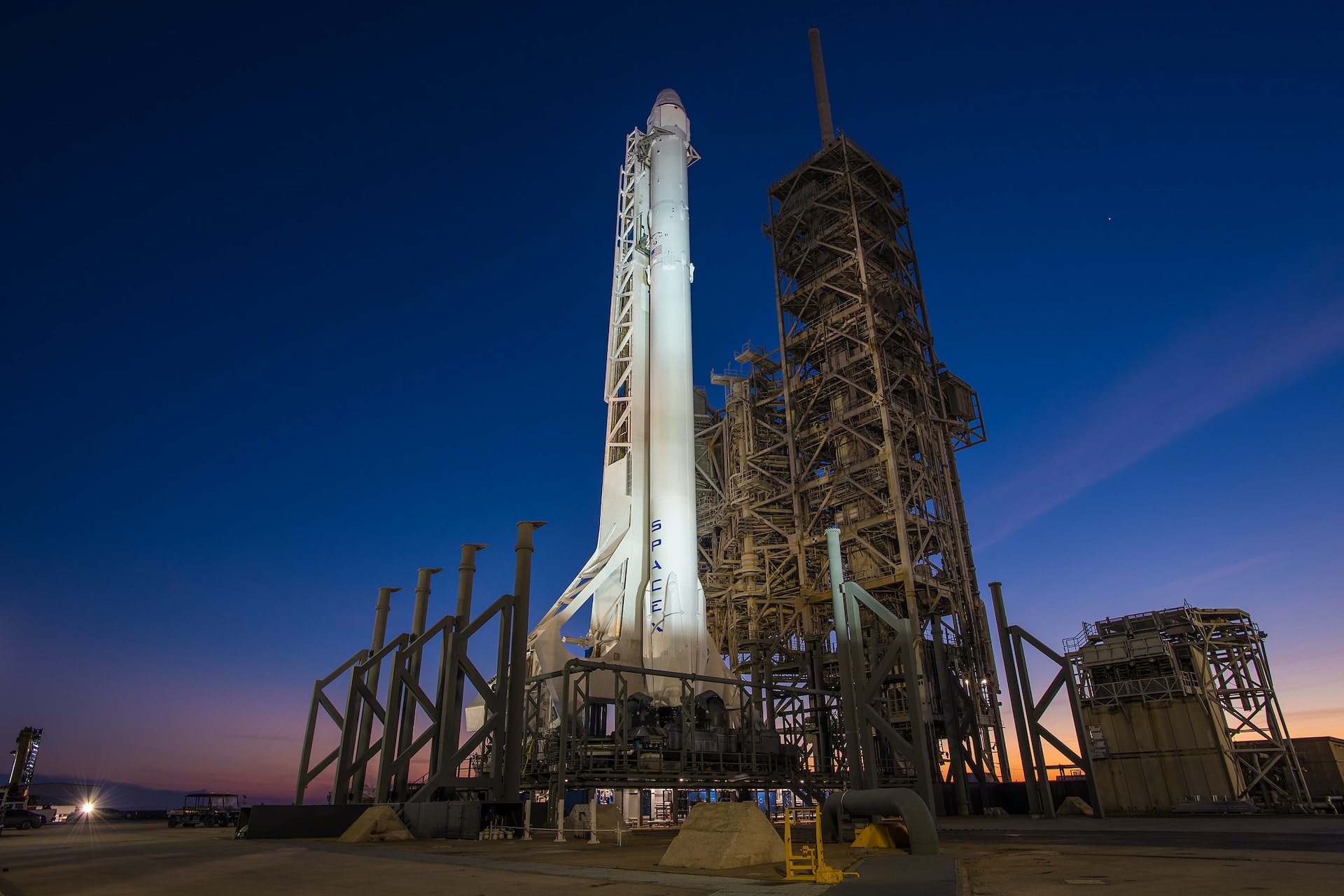Artemis 1 Launch Was Cancelled Due To Engine Problem
NASA had to delay the launch of their new historic Artemis 1 Moon mission. There was a problem with one of the rocket's four engines, and the crew couldn't fix it. This was supposed to be NASA's first step towards getting people back to the moon and, ultimately, deeper into space.
Author:Hajra ShannonReviewer:Paula M. GrahamAug 30, 2022486 Shares60.7K Views

NASA had to delay the launch of their new historic Artemis 1Moon mission.
There was a problem with one of the rocket's four engines, and the crew couldn't fix it.
This was supposed to be NASA's first step towards getting people back to the moon and, ultimately, deeper into space.
The Space Launch System rocket and Orion spacecraft have another launch window on September 2.
Artemis mission manager Mike Sarafin stated:
“„It's too early to tell what the choices are.
NASA officials report that the status of the Space Launch System rocket and the Orion spacecraft has not changed.
The leak in engine 3 was a problem the launch crew found.
There were many weather problems during the launch window, which also played a role in the cancellation.
A crew member said:
“„It wouldn't have been a nice day if we launched on any of those scrubs.
Lightning from storms offshore delayed fuelling for almost an hour.
The Orion spacecraft's connection with Earth took 11 minutes longer than expected.
The problem was fixed when the team figured out that it was caused by a simple mistake.
Artemis 1 Launching Problem
Launch crew members had begun loading the core fuel tanks with the rocket's super-cooled liquid oxygen and hydrogen propellants on Monday when they noticed a problem with one of the main engines.
NASA claims that third engine heat up problems prevented a successful launch.
NASA's successor to the Apollo lunar missions of the 1960s and 1970s, the moon-to-Mars Artemis project, will officially begin with the launch of the SLS's first Orion.
This first trip is intended to put the 5.75-million-pound vehicle through its paces in a rigorous demonstration flight and test its design constraints before NASA determines whether or not it is safe enough to carry passengers on a future journey scheduled for 2024.
There are now three replicas of real people inside the Orion capsule atop the rocket.
Delays at the last minute are commonplace in the rocket and space industries.
Postponements are not considered a huge loss for NASA by rocket producers Boeing and Lockheed Martin, despite the sadness felt by tens of thousands of anxious fans who had gathered along beaches and streets to see Monday's launch.
The Mission To Moon And Then Mars
If the first two Artemis flights are successful, NASA plans to send people back to the moon by 2025, perhaps including the first woman and the first person of color to step foot on the lunar surface.
NASA views the Artemis program's long-term objective of establishing a lunar base as a crucial first step toward the much more audacious aim of sending manned missions to Mars.
The U.S. space agency estimates that this won't be possible until the late 2030s.
After 10 astronauts on 5 trips starting with Apollo 11 in 1969, no humans have set foot on the moon since the December 1972 Apollo 17 mission.
Even though there won't be any real people on board, Orion will have a simulated crew of three mannequins (one male and two female) with sensors to measure radiation levels and other stresses that real astronauts may face.
Conclusion
The first Artemis mission will start a new era of space exploration that will see a wide range of astronaut teams visit previously uncharted areas of the moon and, ultimately, send human explorers on trips to Mars.
Before carrying people to the moon on Artemis II and Artemis III, scheduled for 2024 and 2025, respectively, the rocket and spacecraft will be tested and put through their paces for the very first time.

Hajra Shannon
Author

Paula M. Graham
Reviewer
Latest Articles
Popular Articles